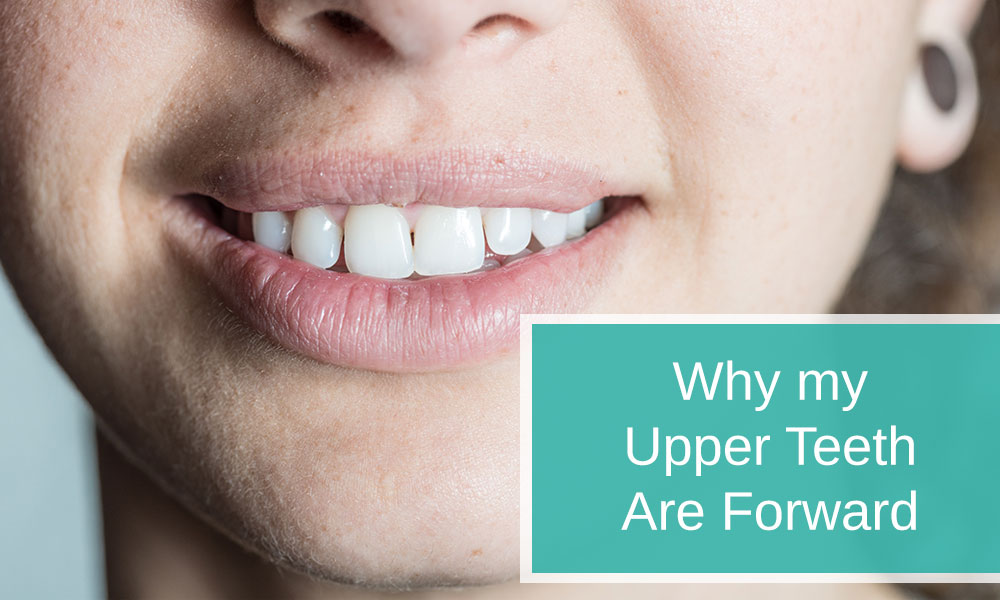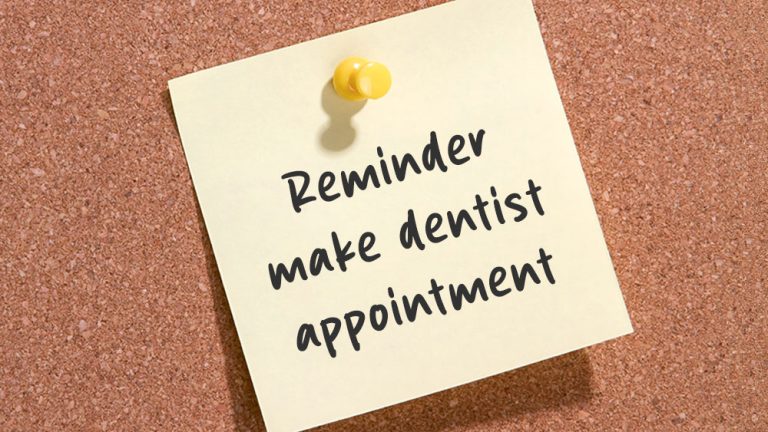
Why my Upper Teeth Are Forward
3.1 Genetics
Genetics plays a significant role in determining the alignment of your teeth. The size and shape of your jaw, as well as the position of individual teeth, are inherited traits. If your parents or close relatives have forward upper teeth, there’s a higher likelihood of you experiencing a similar dental alignment.
3.2 Habits and Lifestyle
Certain habits and lifestyle factors can contribute to the forward positioning of upper teeth. Prolonged use of pacifiers or thumb-sucking in childhood, for example, may impact dental development. Additionally, habits like tongue thrusting or resting the tongue against the front teeth can influence their alignment over time.
3.3 Dental Issues
Underlying dental issues can lead to the forward placement of upper teeth. Missing or improperly sized teeth, early loss of primary teeth, or abnormalities in tooth development can contribute to misalignments. Conditions such as crowded teeth or a narrow dental arch may also be factors.
Understanding these causes provides insight into the multifaceted nature of dental alignment, helping individuals recognize potential contributing factors.
4.1 Aesthetic Concerns
Forward upper teeth can impact the aesthetics of your smile. The visible prominence of the front teeth may lead to self-consciousness and dissatisfaction with one’s appearance. Addressing aesthetic concerns is often a motivating factor for seeking orthodontic solutions.
4.2 Functional Challenges
Beyond aesthetics, forward upper teeth can pose functional challenges. Irregular tooth alignment may affect speech, chewing, and overall oral function. In some cases, individuals may experience discomfort or jaw issues due to the misalignment.
Understanding both the aesthetic and functional consequences emphasizes the importance of exploring appropriate interventions.
When to Seek Professional Advice
5.1 Orthodontic Consultation
If you notice forward upper teeth and are concerned about their alignment, seeking an orthodontic consultation is a proactive step. Orthodontists specialize in assessing and correcting dental misalignments. During a consultation, the orthodontist will conduct a thorough examination, which may include X-rays and scans, to evaluate the extent of the misalignment and recommend suitable treatment options.
5.2 General Dental Examination
A general dental examination is also essential for addressing forward upper teeth. Your regular dentist can identify potential causes, assess the overall health of your teeth and gums, and provide guidance on whether orthodontic intervention is necessary. Early detection allows for timely intervention and better treatment outcomes.
Seeking professional advice ensures that the specific factors contributing to forward upper teeth are identified, paving the way for personalized treatment plans.
Treatment Options
6.1 Orthodontic Interventions
Orthodontic interventions are common solutions for addressing forward upper teeth. Braces, which apply gentle pressure to gradually move teeth into proper alignment, are a traditional yet effective option. Clear aligners, such as Invisalign, offer a more discreet alternative for adults and teens.
6.2 Surgical Solutions
In severe cases, especially those involving skeletal discrepancies, surgical solutions may be considered. Orthognathic surgery, which involves repositioning the upper jaw, can address complex misalignments. Surgical interventions are typically complemented by orthodontic treatment for optimal results.
The choice between orthodontic and surgical options depends on the severity of the misalignment and individual circumstances.
Preventive Measures
7.1 Early Orthodontic Assessment
Early orthodontic assessment is a preventive measure that involves evaluating a child’s dental development. Identifying potential issues in the early stages allows for timely intervention, minimizing the likelihood of forward upper teeth and other misalignments.
7.2 Lifestyle Adjustments
Adopting lifestyle adjustments can contribute to maintaining optimal dental health. Encouraging children to cease thumb-sucking or pacifier use at an appropriate age, promoting proper tongue posture, and avoiding habits that exert pressure on the front teeth can be beneficial.
Living with Forward Upper Teeth
8.1 Oral Care Practices
Living with forward upper teeth requires diligent oral care practices to maintain overall dental health. Regular brushing, flossing, and routine dental check-ups are crucial. Individuals with misaligned teeth should pay extra attention to cleaning between teeth and around braces or aligners to prevent plaque buildup.
8.2 Confidence and Self-Esteem
Embracing forward upper teeth and recognizing them as a unique aspect of your smile can positively impact confidence and self-esteem. While orthodontic interventions provide solutions for alignment concerns, embracing individuality and uniqueness contributes to a positive self-image.
Understanding that dental aesthetics vary among individuals fosters a sense of self-acceptance and confidence.
FAQs About Forward Upper Teeth
9.1 Can Forward Upper Teeth Be Corrected Without Braces?
While braces are a common orthodontic solution, alternatives like clear aligners offer a more discreet option for correcting forward upper teeth. The suitability of non-braces alternatives depends on the specific alignment issues and the orthodontist’s recommendation.
9.2 Is Genetics the Sole Factor in Teeth Alignment?
While genetics play a significant role in teeth alignment, environmental factors and habits also contribute. Early detection and intervention can address both genetic and habit-related misalignments, emphasizing the importance of regular dental check-ups.
Conclusion
In conclusion, the question of “Why are my upper teeth forward?” involves a combination of genetic, lifestyle, and dental factors. Seeking professional advice, understanding available treatment options, and embracing preventive measures contribute to maintaining optimal dental health. Whether opting for orthodontic interventions or choosing to embrace individuality, the journey to living with forward upper teeth involves a blend of proactive care and self-acceptance.



